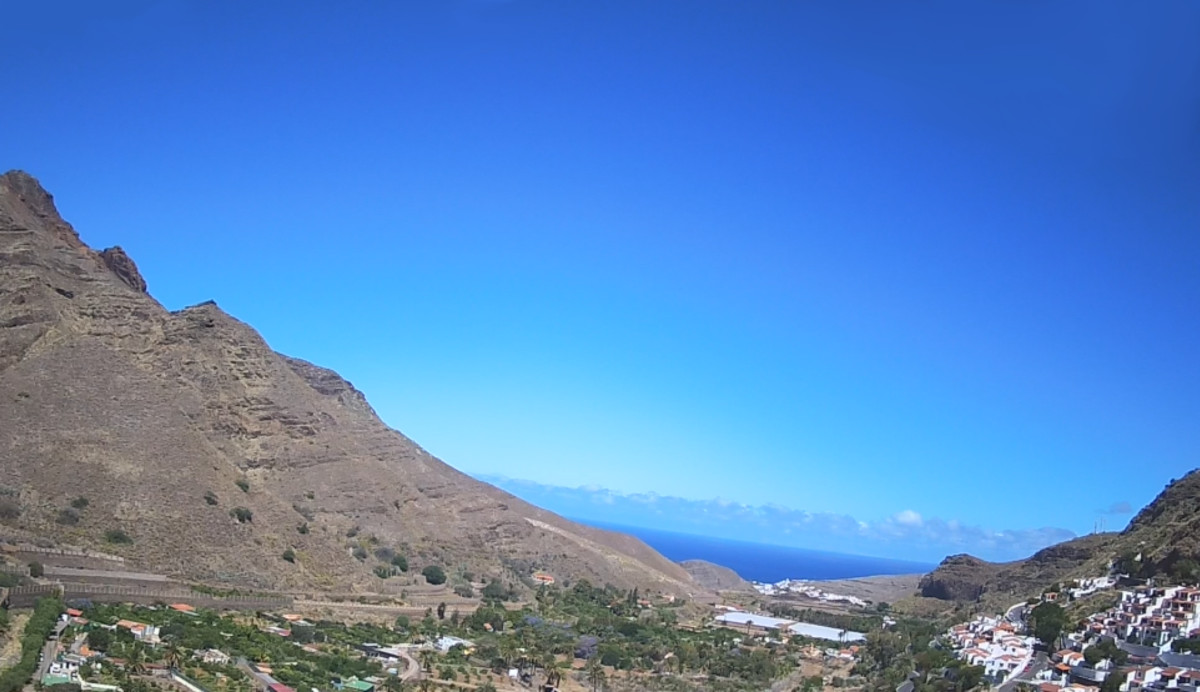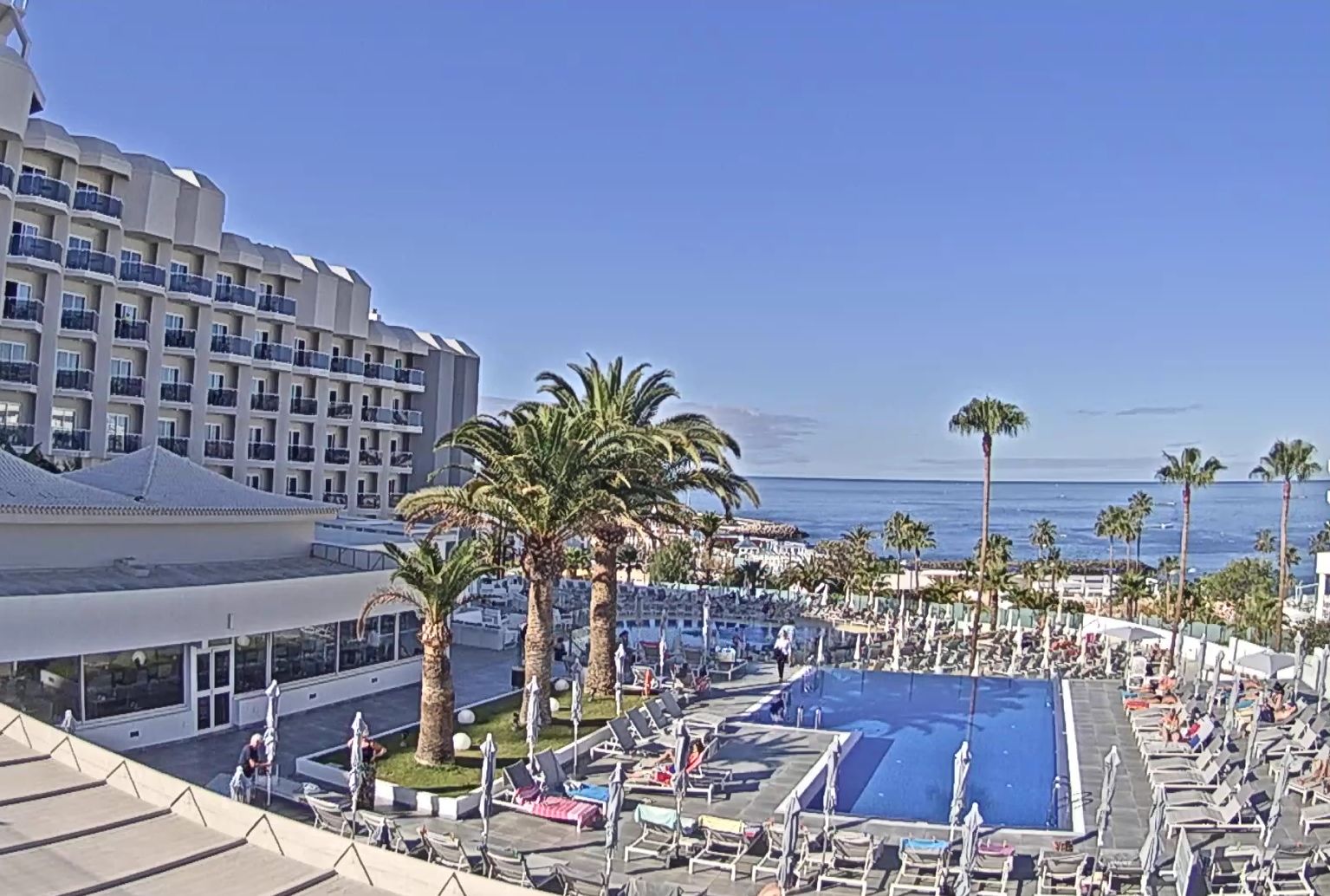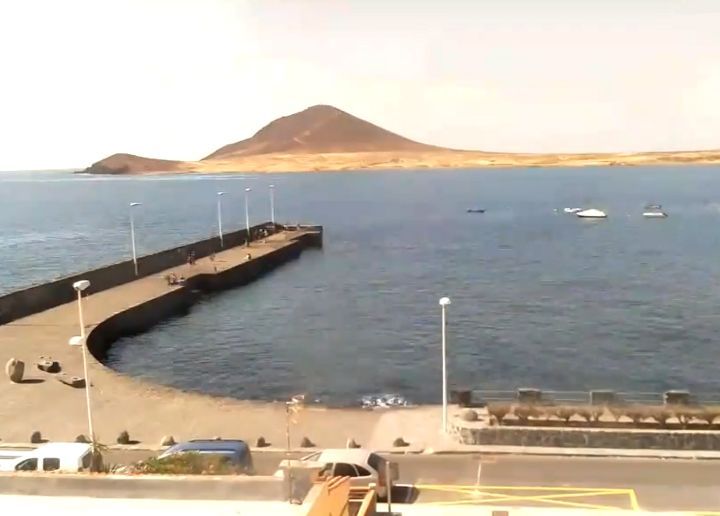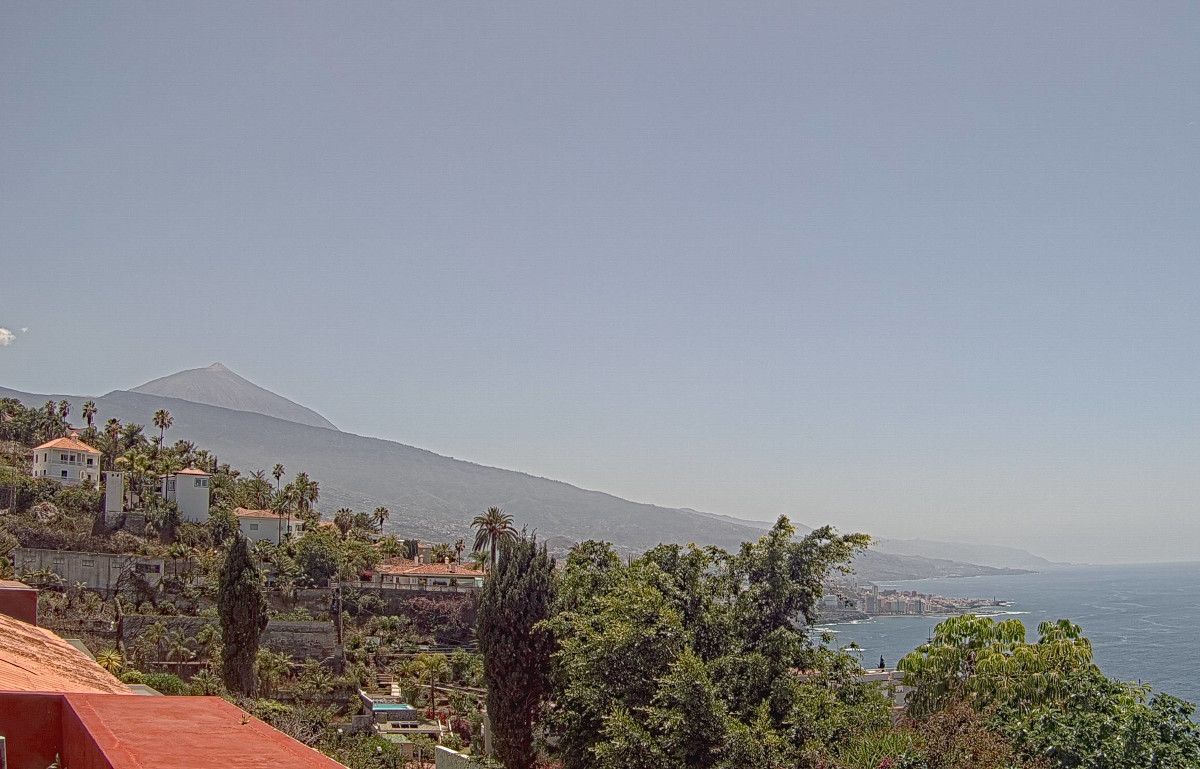Canary Islands Live Webcams
Live Webcams of the Canary Islands broadcast real-time views of the islands, cities, resorts, nature, mountains, volcanoes, beaches, and attractions of this archipelago in the Atlantic Ocean and the autonomous community of Spain. The live webcams provide up-to-date weather conditions in the Canary Islands right now. Some of the webcams stream images with sound. The most popular webcams are located at the top of the streaming list. Each of the live webcams has an informative description and a map with its location in the archipelago. A map on this page displays the exact location of each webcam in the Canary Islands.
Brief information about the Canary Islands
The Canary Islands are an archipelago in the Atlantic Ocean, belonging to Spain and forming an autonomous community of the country. The archipelago consists of seven large and six small volcanic islands. It is located near the northwest coast of Africa, opposite the southern part of Morocco. The population of the region is about 2.1 million people, and its area is 7,447 km² (2,876 sq mi).
The largest and most populous island of the Canary archipelago is Tenerife, with an area of 2,034.38 km² (785.48 sq mi). Other large islands in the archipelago include Fuerteventura, with an area of 1,660 km² (641 sq mi), Gran Canaria (1,560 km² / 602 sq mi), Lanzarote (845 km² / 326 sq mi), and La Palma.
The Canary Islands have two capital cities: Santa Cruz de Tenerife and Las Palmas de Gran Canaria.
The largest cities in the Canary Islands archipelago are: Santa Cruz de Tenerife on the island of Tenerife, Las Palmas de Gran Canaria on the island of Gran Canaria, Puerto del Rosario, which is the capital and largest city of Fuerteventura, Arrecife, which is the capital and largest city of Lanzarote, and Santa Cruz de la Palma.
Climate of the Canary Islands
The climate of the Canary Islands is tropical and influenced by trade winds, characterized by moderately hot, dry summers and warm, moderately humid winters. The proximity to Africa and the Sahara Desert, the influence of the Atlantic Ocean, and the constant northeast trade winds all contribute to moderating the climate’s impact from Africa.
Attractions of the Canary Islands
The Canary Islands offer tourists a wide range of diverse attractions, from natural wonders to architectural monuments and historical sites.
Some of the most notable attractions of the Canary Islands include:
– Teide National Park (Spanish: Parque Nacional del Teide) on the island of Tenerife. This park is home to Mount Teide, the highest peak in Spain and a UNESCO World Heritage site.
– The picturesque mountain village of Masca on Tenerife, known for its stunning views and traditional Canarian architecture.
– Maspalomas Dunes Nature Reserve (Maspalomas Dunes) on Gran Canaria, a unique natural landscape with extensive sand dunes.
– Timanfaya National Park (Parque Nacional de Timanfaya) on Lanzarote, featuring volcanic landscapes and geothermal phenomena.
– Roque de los Muchachos Observatory (Observatorio Astrofísico Roque de Los Muchachos) on La Palma, one of the world’s premier astronomical observatories.
– Cueva de los Verdes (Green Caves) on Lanzarote, a remarkable cave system formed by ancient lava flows.
– Garajonay National Park (Spanish: Parque Nacional de Garajonay) on La Gomera, a UNESCO World Heritage site known for its laurel forest.
– Santa Ana Cathedral (Spanish: Santa Iglesia Catedral Basílica de Canarias) in Las Palmas de Gran Canaria, a significant historical and architectural landmark.
– Siam Park on Tenerife, considered one of the best water parks in the world.



































